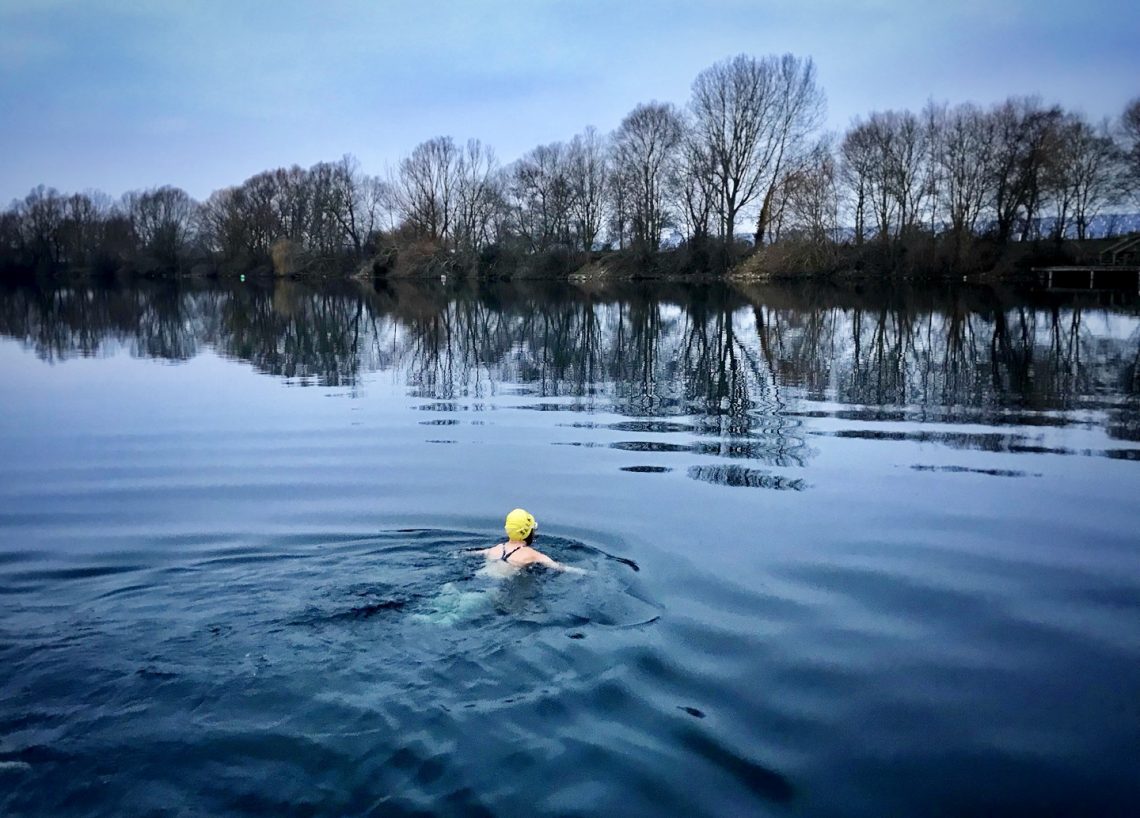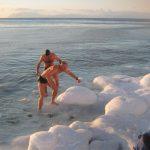
It’s time to start preparing for winter swimming
Nine tips to get you ready for cold water swimming
The water in my stretch of the Thames has been around 20 degrees Centigrade for weeks for much of the summer. I follow several outdoor swimming venues on Twitter, and they’ve consistently reported similar temperatures. But in the next few weeks, inland water temperatures in the northern hemisphere will likely start tumbling. Sea temperature my hold a while longer but that will also start dropping soon.
If you plan on swimming outdoors through the winter, now therefore is a good time to start preparing.
While it’s possible to start winter swimming during the coldest months, it’s more comfortable, and more fun, to acclimatise gradually as water temperatures drop. This also helps you learn how your body copes with water over a wide range of temperatures.
The simple message is: start now and keep going. However, outdoor swimming in winter has additional risks so you need to be prepared. Follow our tips below to keep winter swimming fun and safe.
Top tips for winter swimming
- Keep a log of the water temperature, how long you stay in, and how you felt during and after the swim.
- Keep swimming regularly. The more frequently you swim, the easier it becomes, but you need to balance swimming with the rest of your life. If you can only manage once per week, then so be it, but try not to miss a week.
- As the water cools, you will need to shorten the time you spend in the water. Don’t take risks with hypothermia. You still get the health benefits from short dips.
- If you want to continue with longer training swims in autumn, then consider wearing a wetsuit for these, and perhaps taking it off at the end for a few minutes of acclimatisation.
- Feel free to experiment with neoprene accessories such as boots and gloves to protect your extremities but don’t use them to allow yourself to stay in the water longer.
- Wear a bobble hat and swim head-up breaststroke if you don’t want to put your face in the water.
- Small changes in water temperature can make a big difference to how quickly you cool down, so always take extra care and keep your swims short when you swim at a new personal low temperature.
- Cold water shock typically starts affecting people at about 15 degrees, and the impact increases at cooler temperatures. If you’ve acclimatised and got comfortable getting into water at, say, 12 degrees, the cold water response will still be triggered if you get into colder water. Therefore, always enter cold water carefully.
- Expect it to be uncomfortable – painful even – getting into cold water, especially below 10 degrees. It’s part of the challenge but you will adjust and feel better after a minute or two.
Another key consideration for winter swimming is what to wear before and after your swim. You want to stay warm and dry before you get in the water and have plenty of layers you can pull on easily afterwards. Avoid fussy fasteners and tight-fitting items. Dress quickly as soon as you exit the water.
Winter swimming is different
Swimming outdoors in winter is very different to doing it in the summer. You will spend a lot more time preparing and re-warming than you will in the water. It’s hard to do enough swimming for fitness or training purposes. Instead, the benefits are social and for your wellbeing. Anecdotally, it boosts your mood and reduces stress, and it may help people with certain mental health conditions – and there are plausible scientific reasons why plunging into cold water delivers these benefits.
However, it comes with significant risks. Stay safe by staying well within your limits, swimming with other people and learning about cold water shock, swim failure, hypothermia and afterdrop.
For more cold water information, check out the cold water section on our website.








